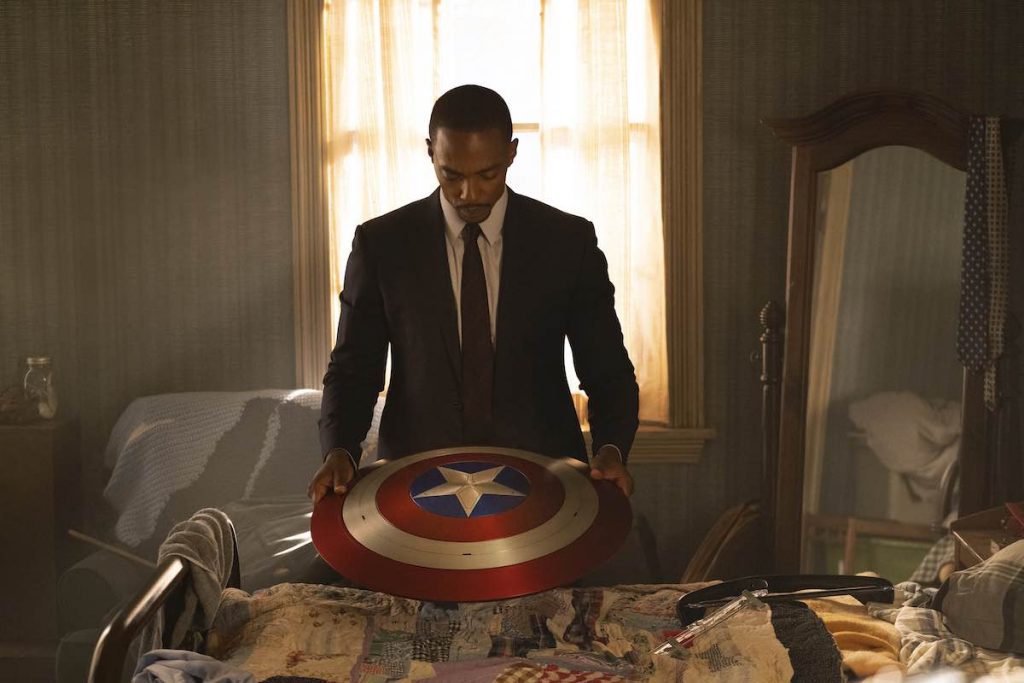
After more than 35 years of operation, TBI is closing its doors and our website will no longer be updated daily. Thank you for all of your support.
TBI Tech & Analysis: Inspecting streamers surging spending
Streamers spent more than $220bn on producing and licensing shows during 2020, up more than 16% on 2019, according to a new report. TBI delves behind the headlines to find out where it’s all coming from.
Streamers’ spending on content has skyrocketed over the past 18 months as incumbents battle for their place in the market with new entrants, each determined to secure their own piece of the expanding OTT pie.
Amid this boom, Disney has emerged as the biggest single global spender on content in 2020 with an eye-watering $28.6bn – more than the $27.7bn spent across the whole of Asia in the same period.
But while the Mouse House might take the headlines, the prediction of ongoing growth that will take the spend north of $250bn by the end of this year means opportunities are emerging for players of all sizes.
Investment & returns
The old adage says that you’ve got to spend money to make money and when you have shelled out billions of dollars on two of the world’s biggest franchises then you certainly are going to want a return on your investment.
So it is that Disney wasn’t just the biggest global spender overall last year, but also led the charge on the per-episode spend too, according to the An Industry Transformed report from media financing firm Purely.
Having added the Marvel and Stars Wars franchises to its catalogue of IP in 2009 and 2012, respectively, Disney clearly sees these two properties as lynchpins of its Disney+ offering.
The streamer’s Marvel shows WandaVision and The Falcon And The Winter Soldier took their place among the most expensive TV shows of all time, at $25m per episode for both. That money was no doubt considered well spent following the plaudits the shows received, with the investment ensuring these small-screen superheroes are able to match the visual style and impact of the feature films that they are spun from.
The Mandalorian, meanwhile, Disney+’s first live-action series set in the Star Wars universe, cost a slightly more reserved $16.3m per episode during its second season – an increase on the $13.8m budgeted for its freshman run in 2019.
And it won’t stop there. The Mouse House is set to keep investing in both these franchises for the foreseeable, with the ambitious Marvel show Loki having recently debuted, while others such as Ms. Marvel and Hawkeye have been announced. The Mandalorian, meanwhile, is being spun-off into Ahsoka and The Book Of Boba Fett, while other Star Wars titles like Obi-Wan Kenobi and The Acolyte are also on the way.
Disney wasn’t the only big spender named by the report, however, with Amazon budgeting $23.3m per episode for its upcoming Prime Video series The Lord Of The Rings. Having recently struck an $8.45bn deal to acquire James Bond and Fargo studio MGM, this big investment in a series based on JRR Tolkien’s fantasy epic could mark the beginning of more major moves from the online retail giant as its own IP catalogue expands.
Apple TV+ is also splashing the cash, with an average $22.5m per episode spent on its upcoming war drama miniseries Masters Of The Air. All this spending comes as average budgets across all new US series – scripted, unscripted, daytime and kids – is on the rise, up 16.5% in 2020 to $59.6m from $51.2m in 2019.
Continental shifts
While global players such as Disney and Netflix are driving this spending spree, they are being ably supported by a slew of regional operators that are proving you don’t necessarily need to have an international footprint to survive.
Indeed, some of the greatest increases come from areas that streamers have traditionally tended to ignore. Production spend from companies based in North America has risen by 16.1%, the report says, but there has been a clear shift in gear for other regions’ spending.
Perhaps most notable is the 46.3% rise in content spend during 2020 from Africa and the Middle East, where streamers such as MBC’s Shahid VIP are investing heavily in new shows as they seek to tap into global diasporas. TBI reported on these plans last year and we are now seeing the predictions coming to fruition, albeit with the region’s spend of $2.8bn still lagging on the global stage.
Likewise, in Latin America the spend is up 32.9% to $5.2bn, while Oceania-based operators forked out £900m last year, up 32.5% year-on-year. These figures reflect the burgeoning regional potential of streaming, and while European spend rose by just 11.8%, it is again streamers such as Viaplay in the Nordics and Movistar+ in Spain that are expanding and expected to fuel future growth.
US studio surge
While 2020 brought Covid, it also coincided with the launch of numerous direct-to-consumer streamer launches and a flurry of content-related activity.
Disney, as mentioned, took top spot but the real news from North America is the divide emerging in the spending leagues. Here, the report explored production spending totals for the top 14 US studios and platforms and found huge differences in outlay.
WarnerMedia and Discovery’s proposed merger would put the newly dubbed Warner Bros. Discovery hot on the heels of Disney with spending of $20.8bn, with Netflix’s $15.1bn helping it to third spot.
From there, numbers decline quickly from the Mouse House high – although the numbers are still staggering. Once Amazon completes its acquisition of MGM, the resulting combined company is expected to hop into fourth place with a content spend of $11.8bn, while Fox spent $11.3bn, Peacock operator Comcast shelled out $9bn and ViacomCBS racked up $7.5bn.
Tech giants Apple ($6bn), Google ($1.8bn) and Facebook ($1.4bn) have not yet replicated their companies’ sizes in their content spending, while Lionsgate ($1.4bn), Entertainment One owner Hasbro ($1.4bn) and AMC ($900m) made up the remaining top spots.
Also worth noting is that twice as much money is spent around the globe co-financing and acquiring the rights to independently made feature films and television programming, according to Purely. The report says indie content spend jumped by 25.3% year-on-year in 2020, accounting for 65.5% of the world’s film and TV production activity.
Spending for a reason
While the US studio gang’s major DTC moves undoubtedly impacted spend, the pandemic has also contributed its fair share. The report suggests that the cost of introducing and monitoring Covid protocols last year added an average of 20%-30% to production budgets.
These measures – from PCR tests to set cleaning – appear likely to stay with us for a while and even if this added cost to production does eventually disappear, Purely noted that there has been industry talk of introducing “green production initiatives” that could see a further 5%-10% added over time.
Scripted productions tend to be far more difficult and costly to make Covid secure and it is this area in which the aforementioned Disney – and others – have been most deeply investing in.
Netflix, on the other hand, has been ramping up its unscripted efforts with shows such as Too Hot To Handle, while Amazon has also been playing a similar game albeit with local versions of formats such as Hunted, which the streamer has optioned globally as revealed by TBI.
The suggestion is that the content market will remain in expansion mode for years to come, with numerous regions set to continue their rapid growth trajectories. Talk of ‘peak TV’ seems to be just that and as Wayne Marc Godfrey, founder of Purely and its OTT-focused research strand Purely Streamonomics – which commissioned the report – suggests, there is little in TV consumption history to point to where that ceiling may be.
“Streaming is not just displacing traditional sources of entertainment revenue such as pay-TV and linear broadcasting, it is actually expanding the global marketplace for video,” he says. “The big question then becomes whether there are enough good stories out there, and talents to tell them, to keep fuelling this transformation.”








